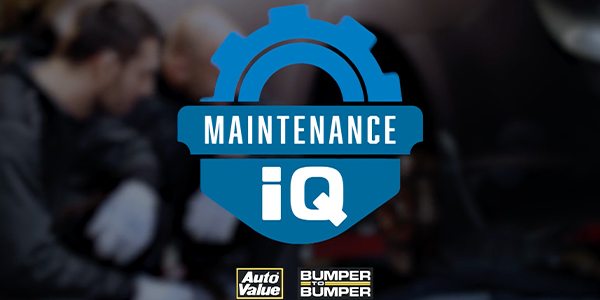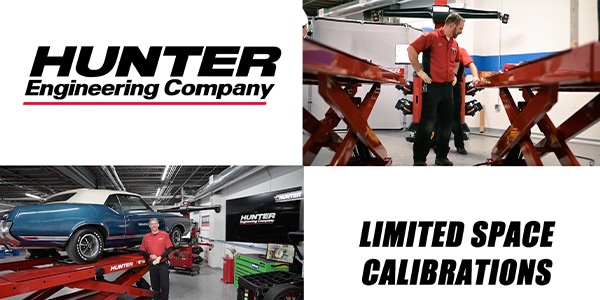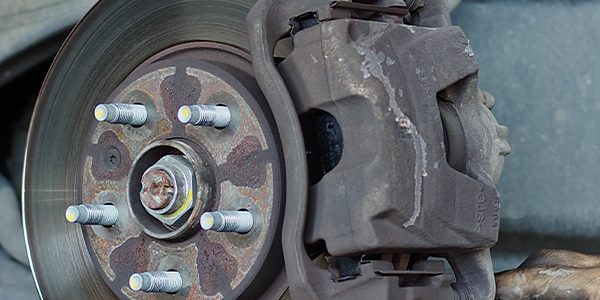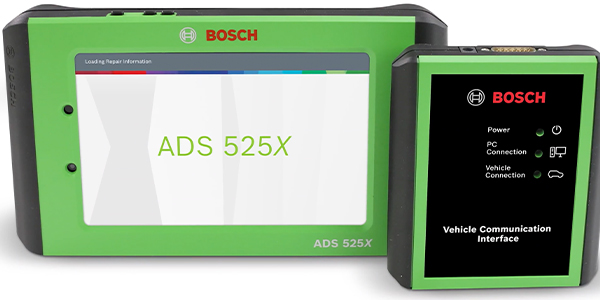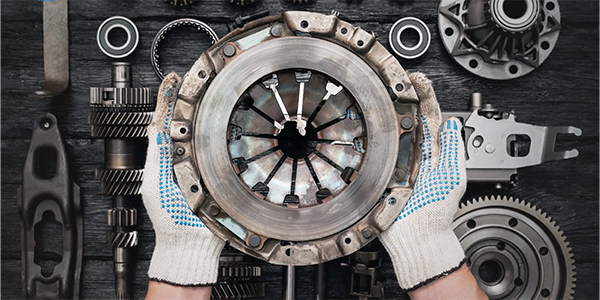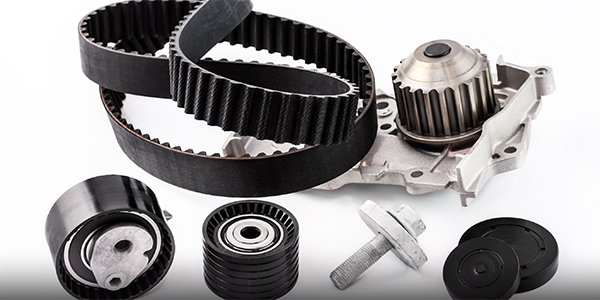Under the hood of a modern car or SUV is a multitude of materials. Different metals like steel, aluminum and copper, along with different types rubbers and plastics are right next to each other. So, when it comes to lubricants and penetrants, what can be used for these different materials?
It can be a difficult question. The wrong product can etch metal or make rubber and plastic brittle over time. Even worse, a product can leave a surface unprotected.
Look at this intake manifold. The manifold is made of ABS plastic, but it is still held to the engine using metal fasteners like bolts, nuts and screws. Also, look at the pipes and bellows that bring air from outside the vehicle to the air filter housing and then to the intake manifold. The fuel injectors seal to a stainless steel fuel rail using Viton rubber O-rings. This bracket is galvanized steel and the manifold is attached to an aluminum cylinder head.
Using a penetrant or cleaning product with methyl ethyl ketone might break up corrosion and dirt, but it could melt the ABS plastic of the intake manifold.
That could be an expensive problem. Often, you might find yourself in a spot after you have replaced the air filter, turbocharger or intake manifold and you can’t get the stiff boots or hoses back together again.
This bolt that secures the manifold to the head is galvanized, the manifold is made of ABS plastic and is close to this neoprene rubber boot. The bolt has a small diameter. Snapping it off in the aluminum head is not an option if you want to finish this job in the time allotted. If the boots and clamps don’t seal, it could cause codes for short- and long-term fuel trims because the air entering the engine is unmetered by mass air flow sensors. But, what is the right lubricant to use to help seat the boots?
If you look at the product datasheet, you can see that WD-40 Specialist Gel Lube is safe on plastics and rubbers: neoprene/hard rubber, buna/nitrile, EPDM, HDPE, Viton, ABS Plastic and vinyl. It is also safe on aluminum and galvanized parts. So we know it is safe to help assemble this air intake system. WD-40 Specialist Gel Lube will not run or make a mess inside of the boots and will last 12 times longer than other other multi-use lubricants.
Although WD-40 Specialist Gel Lube can be used on a variety of surfaces, the company recommends testing on an inconspicuous area before larger applications.
The same approach is required when selecting a lubricant. Another application for WD-40 Specialist Gel Lube and Silicone Lube is shift linkages. Look at this shifter linkage. Like the intake manifold, you have many different materials in the same area.
This linkage needs to be lubricated. It has metal, plastic and rubber parts, so the lubricant needs to be compatible with these materials. But, there is an additional performance requirement, the lubricant can’t attract dirt and debris that could cause wear and bind up the linkages.
This is where WD-40 Specialist Silicone Lubricant can help. It safely lubricates, waterproofs and protects metal and non-metal surfaces such as rubber, plastic and vinyl. This formula dries fast and leaves a clear, non-staining film that doesn’t stick or make a mess. It is great for use on cables, pulleys, guide rails, valves, linkages, hinges, locks and more.
As an added benefit, it has an effective temperature range of -100 to 500 degrees. This is going to help this linkage and cable since it is near the exhaust system.
This video is sponsored by WD-40 Brand.


